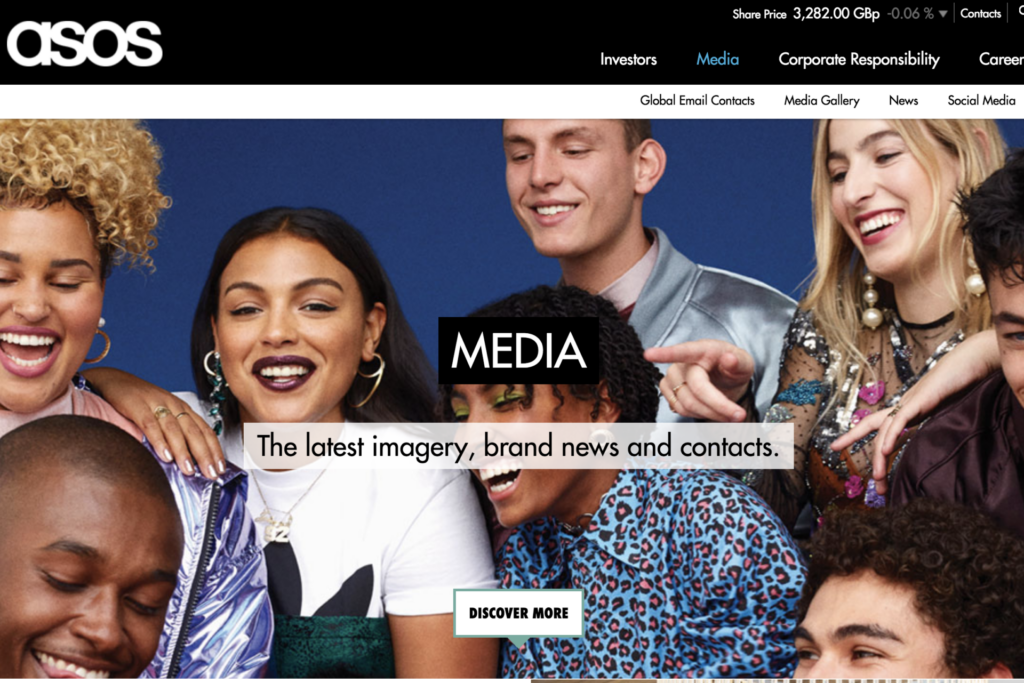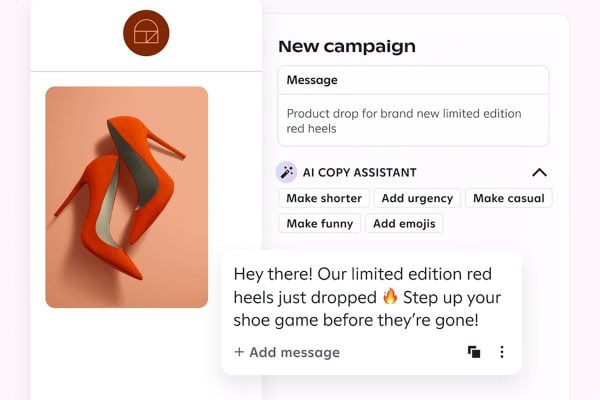Try-before-you-buy (TBYB) for customers is now threatening to overwhelm merchants, many of which are reaching a crisis point as intentional returners are taking advantage of the service to buy clothes in bulk, wear them and then return.
A new report by Brightpearl released today says that there’re hidden dangers of the service as it suggests that the TBYB trend will result in a surge of returns, with customers returning on average four items a month, and could at least quadruple return costs for many retailers if they continue to take no action.
Some 40% of merchants have seen intentional returns soar up in the past year, and 44% of the same cohort agree that their margins are being strongly impacted by handling and packaging returns. The majority (70%) say their business profits will be “further squeezed” as TBYB gains momentum.
ASOS is taking the issue into their own hands by announcing to blacklist serial returners from purchasing items in the future.
ASOS introduced the flexible shopping service back in 2017 to give their clients an option of ordering several different items, try them and only pay for those they wish to keep.
Evidently, ASOS aimed at staying on top of customers’ expectations. But as it appears the scheme isn’t the most suitable one for their core audience, which the marketplace describes as “the twenty-something fashion-lover: an avid consumer and communicator who is inspired by friends, celebrities and the media.”
ASOS says it had resorted to checking consumers’ social media accounts to catch out ‘serial returners’ who wear clothes out without paying and falsely claim they have not received them in the first place. In a bid to regulate the rising issue their security team also checks Facebook and Instagram posts to track any signs of intentional returners, seeking evidence such as photographs of consumers wearing items they sell.
While ASOS is taking a punitive approach to ‘teach’ those who serially refund, without abolishing the service, the marketplace denies the claims that they to spy on shoppers who simply return unwanted items, admitting it is something customers are “within their rights” to do.
From the shoppers’ perspective, the service presents a good way to reward loyal customers. By banning repeat returners, merchants face alienating shoppers who spend more than they claim in refunds. A great way of dealing with the problem was shown by German online retailer, Zalando which recently managed to tackle 50% of returns rate by introducing a large label that makes items impractical to wear.










One Response
You listening, eBay?